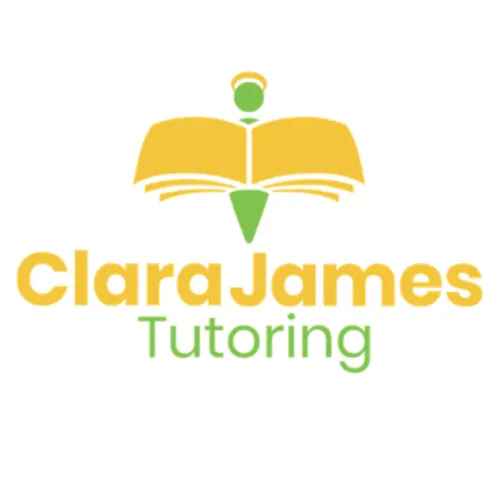Clara James Tutoring
BLOG POSTS

Practical suggestions for tutoring a neurodiverse child
Engaging Neurodiverse Learners: Best Practices for Educators
Who Are Neurodiverse Learners?
Neurodiverse learners are students with conditions such as autism, ADHD, dyslexia, or other neurological variations. They may have different ways of processing information and learning.
Best Practices for Engaging Neurodiverse Learners:
Create a Structured Environment
Use clear routines and expectations.
Visual schedules and reminders help students anticipate transitions.
Provide Clear Instructions
Give one instruction at a time.
Use visual aids and written instructions to supplement verbal explanations.
Offer Multiple Ways to Learn
Use different teaching methods: visual (charts, pictures), auditory (videos, discussions), and kinaesthetic (hands-on activities).
Allow students to demonstrate knowledge in various ways (e.g., projects, presentations, oral reports).
Foster Positive Relationships
Build trust and rapport with each student.
Be patient and understanding of their unique needs and challenges.
Encourage peer interactions and support.
Incorporate Sensory Breaks
Neurodiverse learners, especially those with autism or ADHD, may need sensory breaks to regulate their attention and energy levels.
Provide access to quiet spaces or movement activities during the day.
Offer Choice and Autonomy
Allow students to have choices in their assignments or activities to increase engagement.
Encourage independence and self-advocacy.
Set Realistic and Individual Goals
Set goals that are specific, measurable, and achievable.
Focus on the strengths and interests of the learner to build motivation.
Collaborate with Support Staff and Parents
Work with special education staff, counsellors, and families to create a cohesive learning plan.
Regular communication with parents is vital to understanding the child’s needs outside the classroom.
Provide Positive Reinforcement
Use praise, rewards, and incentives to acknowledge progress and good behaviour.
Focus on effort and improvement rather than just outcomes.
Tips for Success:
Be flexible: What works for one student may not work for another. Be open to adjusting your approach.
Be proactive: Recognize potential challenges early and develop strategies before they become bigger issues.
Foster inclusion: Ensure that neurodiverse learners feel accepted and part of the classroom community.
Morning,
I hope the week is going well.
So many people seem to be doing D of E and work experience
at the moment, good luck if that’s you and if you’re at Marlow Camp next
fingers crossed for good weather!
I’ve just finished a lesson on division. It seems to be
something that messes with the brains of so many people.
I found it got easier when I stopped thinking about it as
division and instead thought about it as multiplication. So, if for example I
had the question 396 divided by 3, I would look at it as 3x what = 3. My answer
would be 1. How many times would I need to multiply 3 to get to 9, (my answer
would be 3). Then 3x something = 6. My answer would be 2. Giving me the overall
answer of 132.
I know that’s a really simple example but hopefully it explains
my point.
Thankfully in schools they don’t often seem to need to do
long division, but I’ve worked with a couple of adults (generally nurses for
some reason) who have needed it.
I think I’ll explain this one in a video, as it will be too
complicated to explain it with words as bits get put all over the place. I hope
this makes sense though:
Enjoy the rest of the week and speak soon,
Dawn
